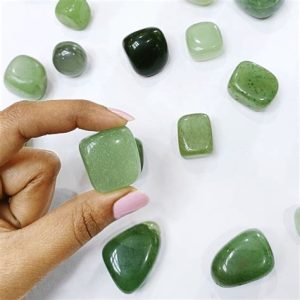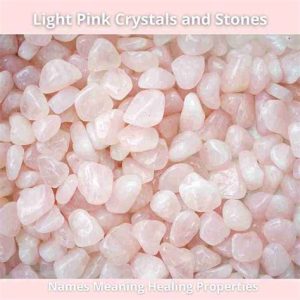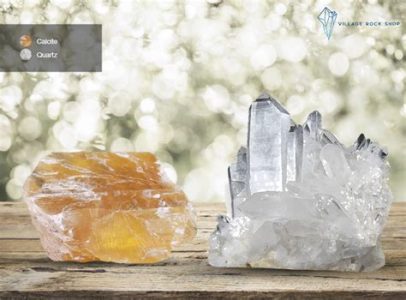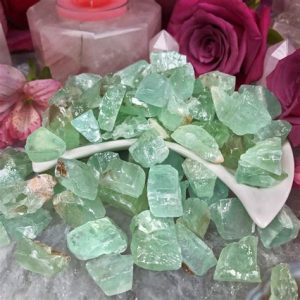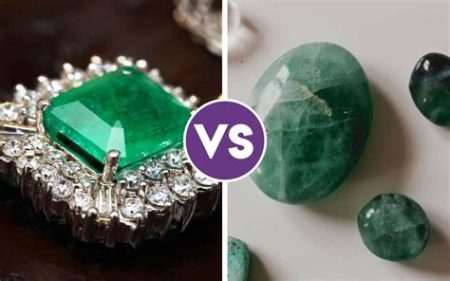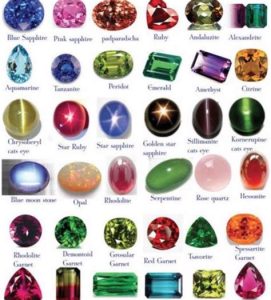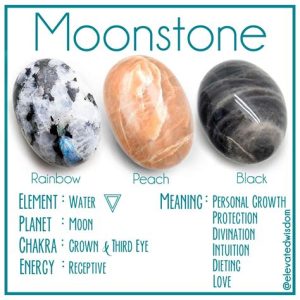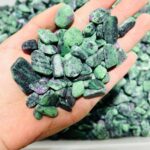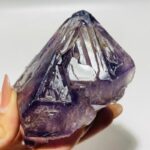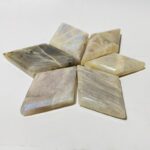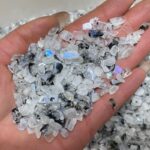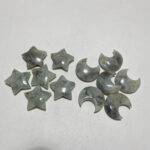Introduction
Lithium-bearing minerals, lepidolite and mica, share striking similarities in appearance but differ significantly in composition and properties. This article delves into their key distinctions, comparing their origins, chemical makeup, and applications.
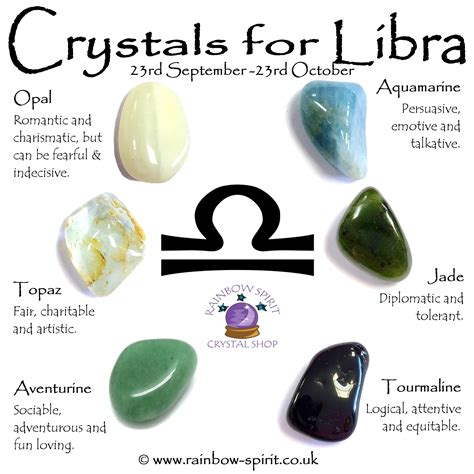
Origins
Lepidolite and mica are both minerals formed in igneous and metamorphic rocks. However, their geological formations differ:
- Lepidolite originates from lithium-rich pegmatites, often associated with granites and mica schists.
- Mica forms in various rock types, including granite, gneiss, and schist, and can be igneous, metamorphic, or sedimentary in origin.
Chemical Composition
The primary difference between lepidolite and mica lies in their chemical composition:
- Lepidolite: A lithium-rich mica containing lithium, aluminum, potassium, silicon, and oxygen (K(Li,Al)2(AlSi3O10)(OH,F)2).
- Mica: A group of minerals with a layered structure comprising various elements such as aluminum, iron, magnesium, potassium, silicon, and oxygen.
Properties and Applications
Lepidolite and mica exhibit distinct properties that influence their applications:
- Color: Lepidolite is typically pink to purple, while mica varies in color from colorless to black.
- Hardness: Lepidolite has a Mohs hardness of 2.5-3, and mica ranges from 2-3.
- Cleavage: Lepidolite and mica both exhibit perfect basal cleavage, allowing them to be split into thin sheets.
Lepidolite’s lithium content makes it valuable for:
- Batteries: Lithium is an essential component in rechargeable lithium-ion batteries used in various electronic devices.
- Glass and Ceramics: Lepidolite is added to glass and ceramics to reduce thermal expansion and increase resistance to thermal shock.
Mica’s versatility stems from its wide range of applications:
- Electronics: Insulation in capacitors and transistors.
- Construction: As a fire-retardant material in roofing and siding.
- Automotive: Brake linings and clutch plates.
- Cosmetics: As a shimmer or glitter ingredient.
Comparative Table
| Characteristic | Lepidolite | Mica |
|---|---|---|
| Origin | Lithium-rich pegmatites | Various rock types |
| Chemical Composition | Lithium-rich mica | Aluminum, iron, magnesium, potassium, silicon, oxygen |
| Color | Pink to purple | Colorless to black |
| Hardness (Mohs) | 2.5-3 | 2-3 |
| Cleavage | Perfect basal cleavage | Perfect basal cleavage |
| Applications | Batteries, glass, ceramics | Electronics, construction, automotive, cosmetics |
Pain Points and Motivations
- Lepidolite: The demand for lithium in batteries drives the exploration and extraction of lepidolite. Conversely, the scarcity of lithium resources raises concerns about supply chain disruptions.
- Mica: The mining of mica can lead to human rights violations and environmental degradation, particularly in countries with lax labor and environmental regulations.
Tips and Tricks
- Identification: When faced with an unknown mineral, examine its color, hardness, and cleavage to differentiate between lepidolite and mica. Pink to purple and easy cleavage suggest lepidolite, while colorless to black and variable cleavage point towards mica.
- Sustainability: Mica extracted from environmentally and socially responsible sources is preferable to support ethical practices.
Pros and Cons
Lepidolite
- Pros: Rich in lithium, valuable for battery production, enhances glass and ceramic properties.
- Cons: Scarce resource, extraction can be unsustainable.
Mica
- Pros: Versatile mineral with a wide range of applications, fire-retardant properties.
- Cons: Potential for human rights violations and environmental degradation during mining.
Reviews
“Lepidolite’s unique lithium content makes it crucial for the growing battery industry.” – Battery Manufacturer
“Mica’s fire-retardant properties ensure the safety of buildings and vehicles.” – Construction Engineer
“Sourcing mica responsibly is essential to minimize negative social and environmental impacts.” – Ethical Sourcing Advocate
“The distinct colors and physical properties of lepidolite and mica make them valuable for decorative and functional applications.” – Mineral Enthusiast
Market Insights
- Lepidolite Market: The global demand for lepidolite is projected to reach $1.5 billion by 2025, primarily driven by the electric vehicle and consumer electronics industries.
- Mica Market: The mica market is expected to grow to $6 billion by 2025, with increasing demand from the construction, automotive, and electronics sectors.
Future Applications
- “Micaceramics”: Combining the fire-retardant properties of mica with the electrical insulation capabilities of ceramics could create advanced materials for high-temperature applications.
- “Liposomes”: Encapsulating lithium compounds in micelle-like structures made of lepidolite and other materials could enhance lithium delivery in medical applications.
Conclusion
Lepidolite and mica, while visually similar, possess distinct origins, compositions, and applications. Lepidolite’s lithium content makes it valuable for batteries and glass manufacturing, while mica’s versatility extends across various industries. Understanding these differences is crucial for informed decision-making in mining, processing, and utilizing these minerals responsibly and sustainably.


